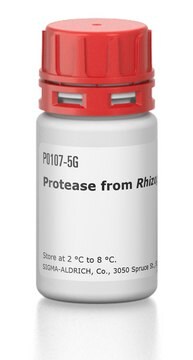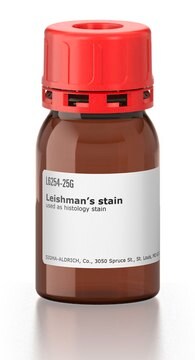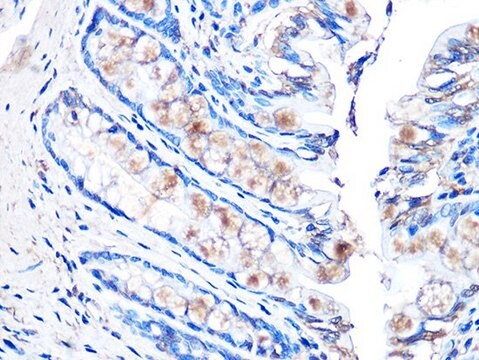Kluczowe dokumenty
V800300
Phenol
AR, ≥99.5%
Synonim(y):
Hydroxybenzene
About This Item
Polecane produkty
klasa czystości
AR
gęstość pary
3.24 (vs air)
ciśnienie pary
0.09 psi ( 55 °C)
0.36 mmHg ( 20 °C)
linia produktu
Vetec™
Próba
≥99.5%
Postać
crystals
temp. samozapłonu
1319 °F
granice wybuchowości
8.6 %
pH
4.8-6.0 (5% in water)
tw
182 °C (lit.)
mp
40-42 °C (lit.)
gęstość
1.071 g/mL at 25 °C (lit.)
ciąg SMILES
Oc1ccccc1
InChI
1S/C6H6O/c7-6-4-2-1-3-5-6/h1-5,7H
Klucz InChI
ISWSIDIOOBJBQZ-UHFFFAOYSA-N
Szukasz podobnych produktów? Odwiedź Przewodnik dotyczący porównywania produktów
Informacje prawne
Hasło ostrzegawcze
Danger
Zwroty wskazujące rodzaj zagrożenia
Zwroty wskazujące środki ostrożności
Klasyfikacja zagrożeń
Acute Tox. 3 Dermal - Acute Tox. 3 Inhalation - Acute Tox. 3 Oral - Aquatic Chronic 2 - Eye Dam. 1 - Muta. 2 - Skin Corr. 1B - STOT RE 2
Organy docelowe
Nervous system,Kidney,Liver,Skin
Kod klasy składowania
6.1A - Combustible acute toxic Cat. 1 and 2 / very toxic hazardous materials
Klasa zagrożenia wodnego (WGK)
WGK 2
Temperatura zapłonu (°F)
177.8 °F - closed cup
Temperatura zapłonu (°C)
81 °C - closed cup
Certyfikaty analizy (CoA)
Poszukaj Certyfikaty analizy (CoA), wpisując numer partii/serii produktów. Numery serii i partii można znaleźć na etykiecie produktu po słowach „seria” lub „partia”.
Masz już ten produkt?
Dokumenty związane z niedawno zakupionymi produktami zostały zamieszczone w Bibliotece dokumentów.
Nasz zespół naukowców ma doświadczenie we wszystkich obszarach badań, w tym w naukach przyrodniczych, materiałoznawstwie, syntezie chemicznej, chromatografii, analityce i wielu innych dziedzinach.
Skontaktuj się z zespołem ds. pomocy technicznej







